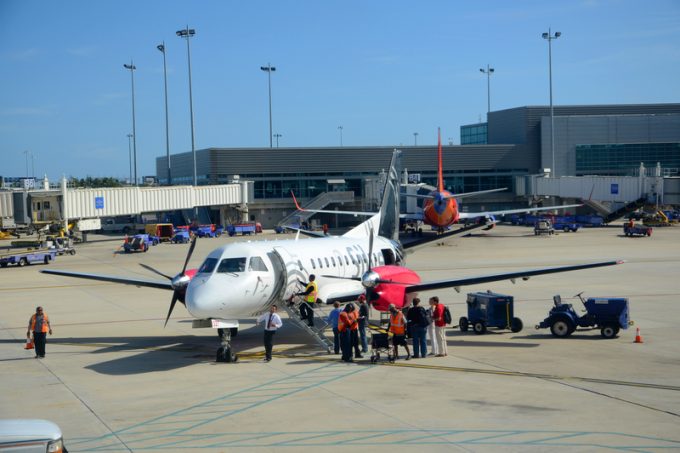FAA launches probe into Boeing 787 Dreamliner safety issues
Airlines in line for delivery of Boeing 787 Dreamliners are facing longer wait times as ...

The dip in demand for air cargo has not slowed requests for regional freighter capacity, according to Pär Gulle, CEO of Taby Air Maintenance (TAM) in Sweden.
TAM is a one-stop shop for SAAB 340 and 2000 variants. He said: “We see a continued high demand for cargo conversions of the SAAB 340, and we have completed three dozen to date, as well as the first SAAB 2000F due for delivery soon.
He anticipates at least 10-12 firm orders for the coming 12 ...
Maersk u-turn as port congestion increases across Northern Europe
Apple logistics chief Gal Dayan quits to join forwarding group
Maersk Air Cargo sees volumes fall as it aims for 'margin in favour of revenue'
Airlines slash freighter capacity post-de minimis, but 'the worst is yet to come'
Houthis tell Trump they will end attacks on Red Sea shipping
Transpac rates hold firm as capacity is diverted to Asia-Europe lanes
MSC revamps east-west network as alliance strategies on blanking vary
India-Pakistan 'tit-for-tat' cargo ban sparks sudden supply chain shocks


Comment on this article